Tropical fruits are not just a delight for the palate but are also powerful commodities in global trade. Among the leaders in this category are mangoes and dragon fruits—two vibrant, juicy fruits that are increasingly commanding attention in international markets. As countries vie to dominate the tropical fruit export market, the comparison between mango and dragon fruit exports becomes both interesting and essential. But who truly wins the export race? This article dives deep into global trends, top exporting countries, trade values, and the unique factors influencing each fruit’s journey across borders.
The Global Mango Export Market
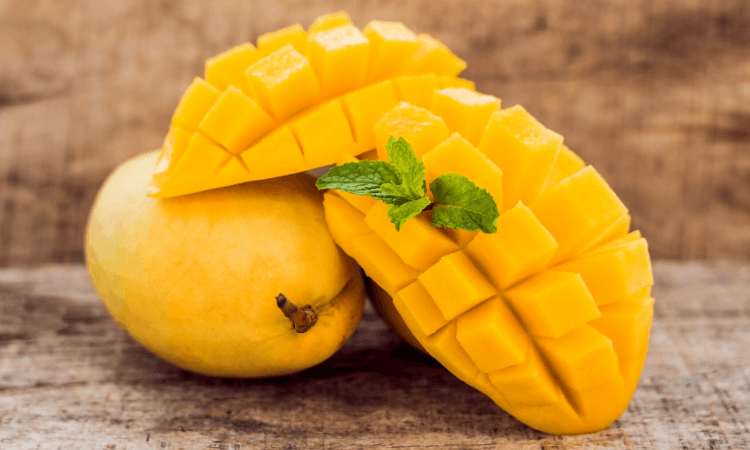
Mango: The “King of Fruits”
Mangoes have long held a prestigious place in tropical agriculture. Revered for their sweetness, aroma, and versatility, mangoes are grown in over 100 countries, with South Asia being the epicenter of both production and cultural significance.
Top Mango Exporting Countries (2024 Data)
- India – Though India is the world’s largest mango producer, it exports only a small portion due to high domestic consumption. However, premium varieties like Alphonso and Kesar are shipped globally.
- Mexico – As the largest exporter of mangoes, Mexico supplies massive quantities to the U.S., Canada, and Europe.
- Peru – Known for exporting to Europe and Asia during the Northern Hemisphere’s off-season.
- Thailand and the Philippines – Key suppliers to Asian and Middle Eastern markets.
Export Volume and Value
- In 2024, global mango exports exceeded 2.3 million tons, generating over $2.5 billion in revenue.
- Mexico alone accounted for over 22% of global mango exports.
- Major markets include the U.S., UAE, Saudi Arabia, EU countries, and Japan.
Key Strengths of Mango Exports
- Global familiarity and demand
- Established supply chains
- Strong market in processed mango (juices, pulps, dried fruit)
However, mango exports face challenges such as perishability, strict phytosanitary regulations, and inconsistent quality.
The Rise of Dragon Fruit in Global Trade

Dragon Fruit: The Exotic Superfruit
Also known as pitaya, dragon fruit has surged in popularity over the last decade. Known for its bright pink or yellow skin and speckled pulp, the fruit appeals to health-conscious consumers worldwide due to its antioxidant content, low calories, and aesthetic appeal.
Top Dragon Fruit Exporting Countries
- Vietnam – By far the world’s leading exporter of dragon fruit, accounting for nearly 50% of the global supply.
- Thailand – A major exporter to Asia and increasingly to Western countries.
- Ecuador and Colombia – Growing rapidly as suppliers to North America and Europe.
- Israel and Nicaragua – Smaller but growing producers in the premium organic dragon fruit niche.
Export Volume and Value
- Global dragon fruit exports in 2024 crossed 600,000 tons, generating an estimated $1.1 billion.
- Vietnam alone shipped over 400,000 tons, with China being the largest buyer.
- The U.S., EU, Australia, and Japan are emerging markets.
Advantages of Dragon Fruit in Trade
- Longer shelf life compared to mangoes
- Growing demand in premium markets
- Year-round production potential in tropical climates
- Minimal processing needed
Despite its strengths, dragon fruit still faces challenges such as low awareness in some regions, high transportation costs, and competition from other exotic fruits.
Comparative Analysis: Dragon Fruit vs Mango
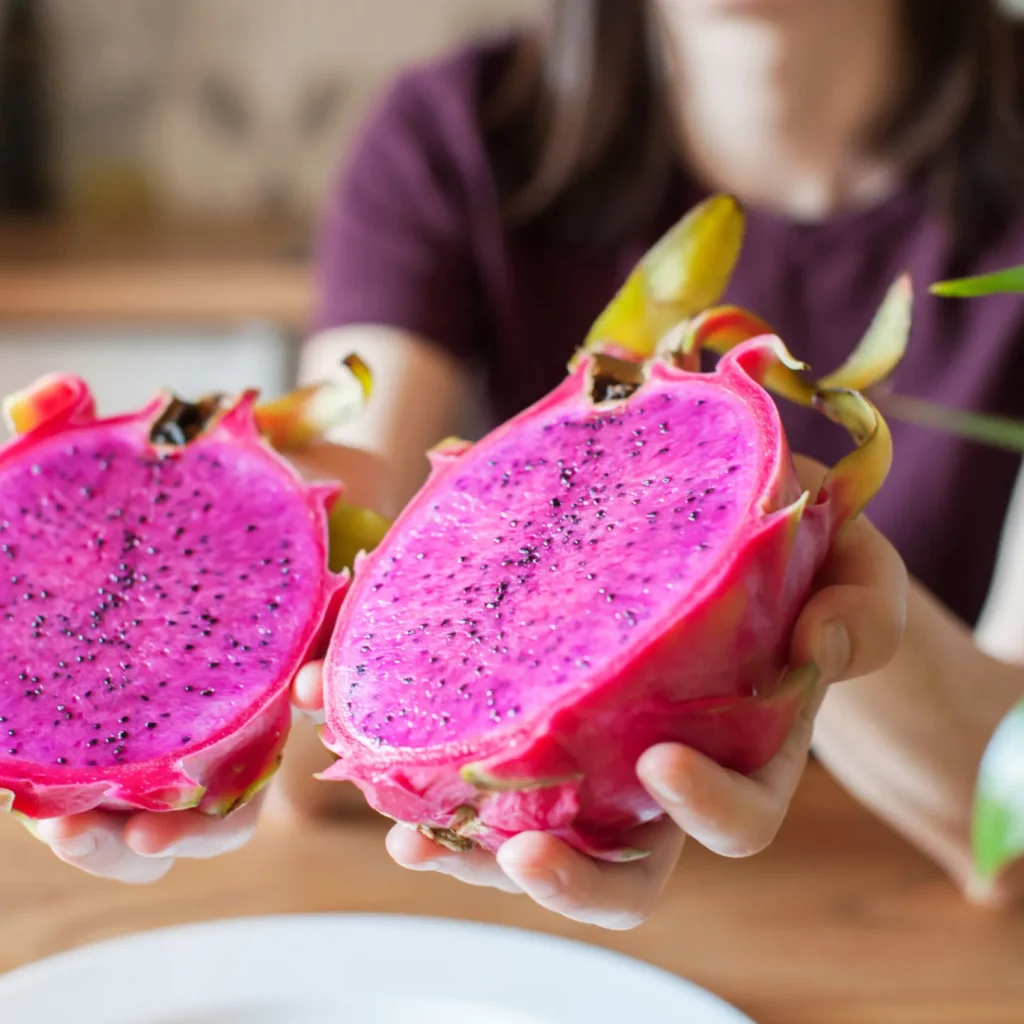
| Feature | Mango | Dragon Fruit |
|---|---|---|
| Global Export Volume | ~2.3 million tons (2024) | ~600,000 tons (2024) |
| Global Export Value | ~$2.5 billion | ~$1.1 billion |
| Top Exporting Country | Mexico | Vietnam |
| Top Importing Markets | U.S., EU, Gulf countries, Japan | China, U.S., EU, Australia |
| Shelf Life | Shorter (7–14 days) | Longer (14–30 days) |
| Health Perception | High in sugar, rich in vitamins | Low-calorie, antioxidant-rich |
| Market Trend | Stable demand | Rising demand |
| Value-Added Products | Juices, dried fruit, jams, pickles | Limited but growing market |
Who Wins in Different Aspects?
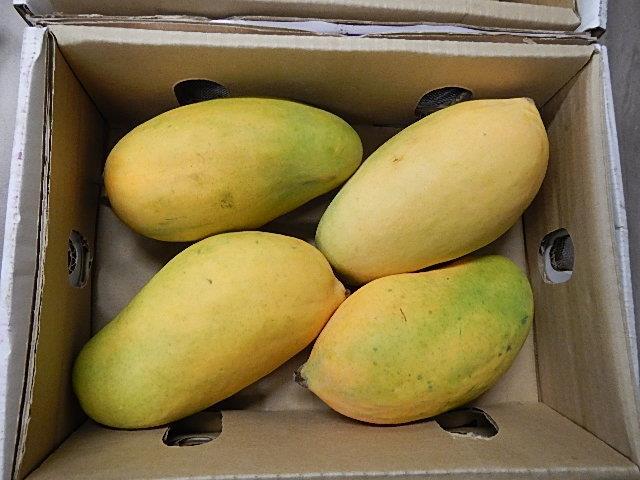
1. In Volume and Reach: Mango Wins
Mangoes are exported in significantly larger volumes and have wider global recognition. Decades of commercial cultivation, established trade networks, and high consumer demand give mangoes the edge in terms of market penetration.
2. In Export Growth Rate: Dragon Fruit Wins
Dragon fruit exports have grown at a much faster rate, particularly over the last 5 years. Driven by the global health and wellness trend, the fruit’s exotic appearance and nutritional profile have made it a favorite in premium markets.
3. In Market Stability: Mango Wins
Despite fluctuations in weather and policy, mango exports remain stable with consistent demand across continents. The market has matured, with long-standing relationships between suppliers and retailers.
4. In Niche and Premium Markets: Dragon Fruit Wins
Dragon fruit appeals to organic, vegan, and health-focused consumer segments. As awareness grows, it’s finding strong footholds in high-end supermarkets and wellness food stores.
5. In Export Efficiency: Dragon Fruit Wins Slightly
Thanks to its thicker skin and ability to last longer post-harvest, dragon fruit often arrives in better condition than mangoes, reducing losses and increasing buyer satisfaction.
Challenges That Impact Both
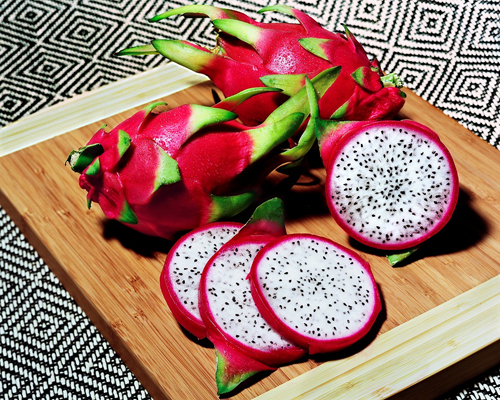
Mango
- Post-harvest losses due to short shelf life
- Price volatility in domestic markets
- Strict phytosanitary checks in the EU and U.S.
- High pesticide residue concerns
Dragon Fruit
- Lack of awareness in many Western markets
- High freight costs due to low volume-per-unit weight
- Limited processing infrastructure
- Dependency on a few markets (e.g., Vietnam heavily depends on China)
The Future Outlook
- Mango exports are expected to maintain a steady pace, with improved cold chain technologies and government initiatives boosting competitiveness.
- Dragon fruit exports are poised for double-digit growth, especially in markets like the U.S., Canada, Germany, and South Korea, where demand is still rising.
Both fruits will benefit from:
- Free Trade Agreements (FTAs)
- Better branding and packaging
- Value addition at origin
- Online retail and direct-to-consumer channels
Conclusion: A Fruitful Rivalry
In the battle of dragon fruit vs mango exports, the winner depends on the angle of analysis. Mango wins in scale, familiarity, and processing potential. Dragon fruit wins in novelty, shelf stability, and premium pricing. While mangoes dominate in volume and value today, dragon fruit is steadily climbing the ladder with strong future prospects.
Rather than viewing them as competitors, countries and exporters can consider them complementary assets—diversifying tropical fruit portfolios to cater to both traditional and modern markets. Together, they form a vibrant, lucrative, and evolving segment of global agricultural trade.
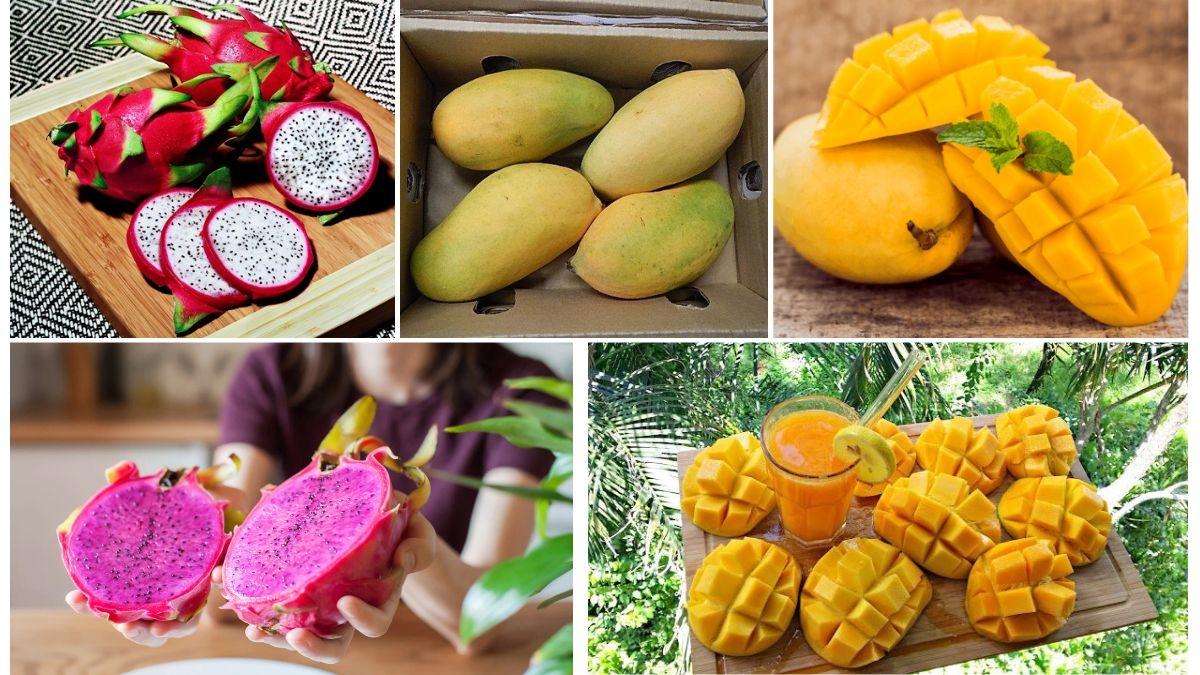
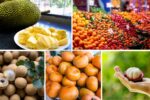



Leave A Comment